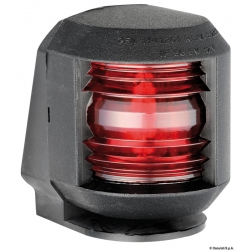Your cart
There are no more items in your cart
Street lights boat

Boat way lights have the main function of signaling your boat's presence while sailing at night or during times when visibility is limited. Typically, the boat way light system consists of: a light called a masthead, white in color and facing forward; a port side light, red in color; a starboard side light, green in color; and a stern boat way light, white in color and facing aft.
Read more
Boat way lights have the main function of signaling your boat's presence while sailing at night or during times when visibility is limited. Typically, the boat way light system consists of: a light called a masthead, white in color and facing forward; a port side light, red in color; a starboard side light, green in color; and a stern boat way light, white in color and facing aft.




































